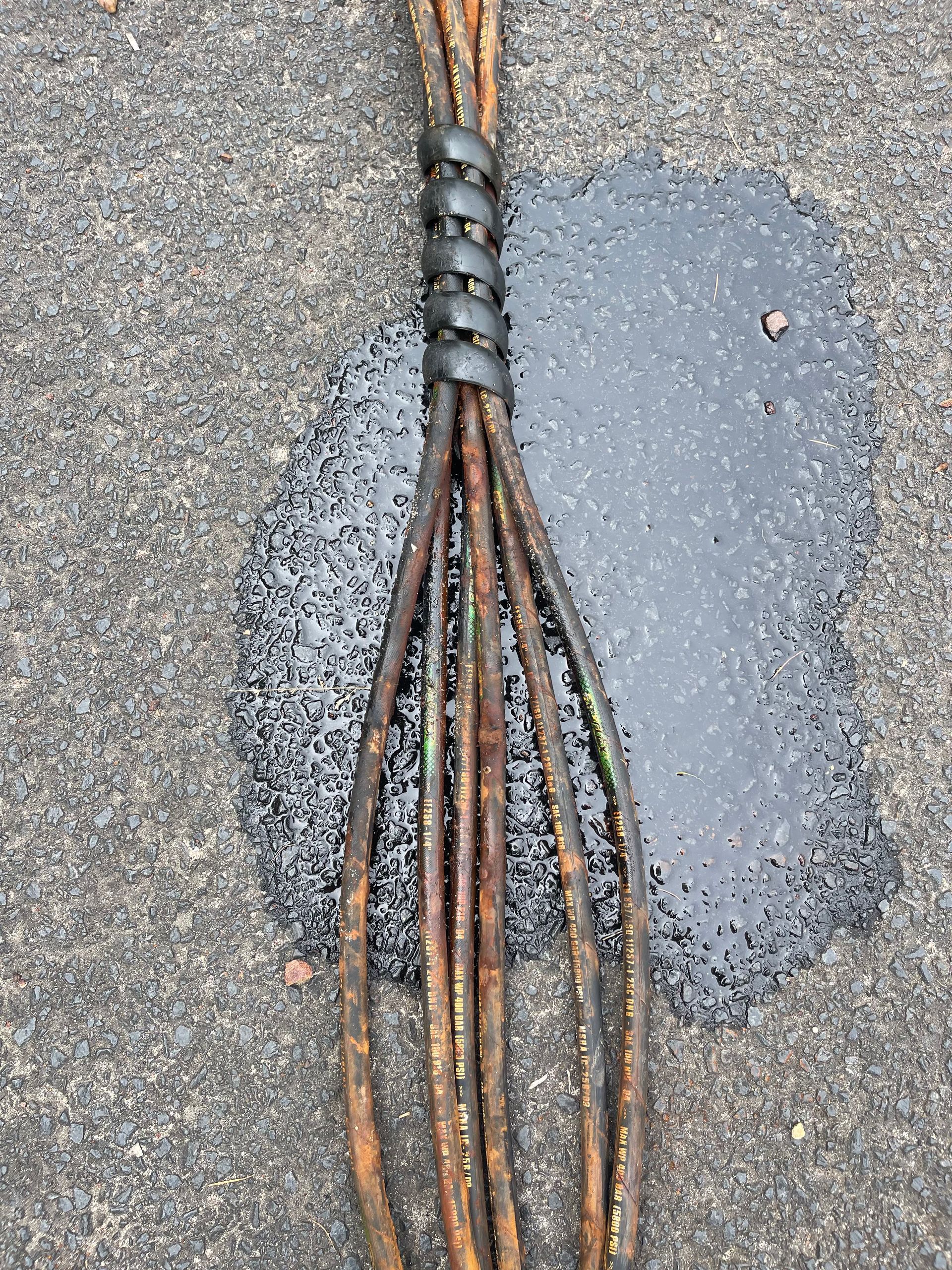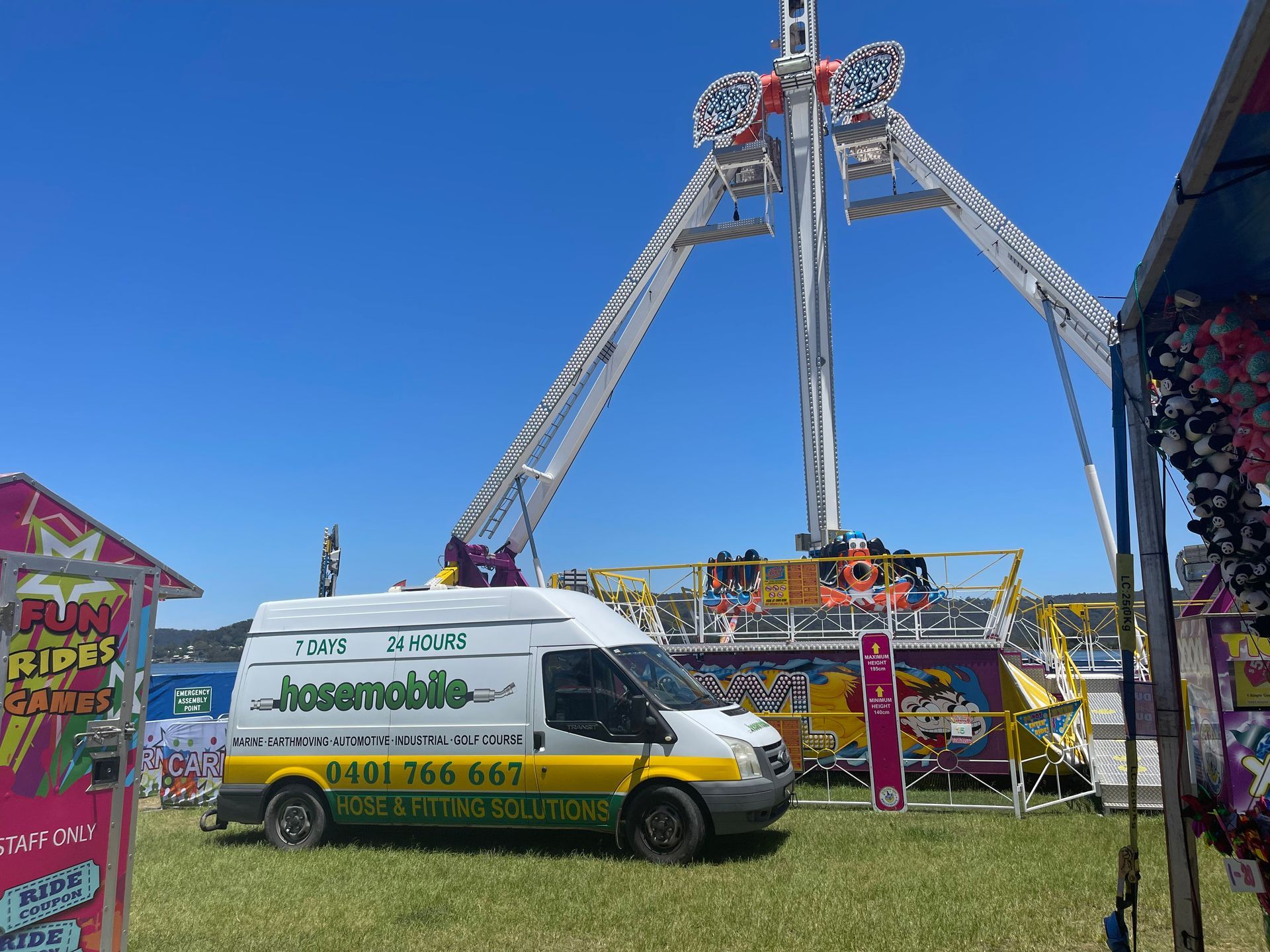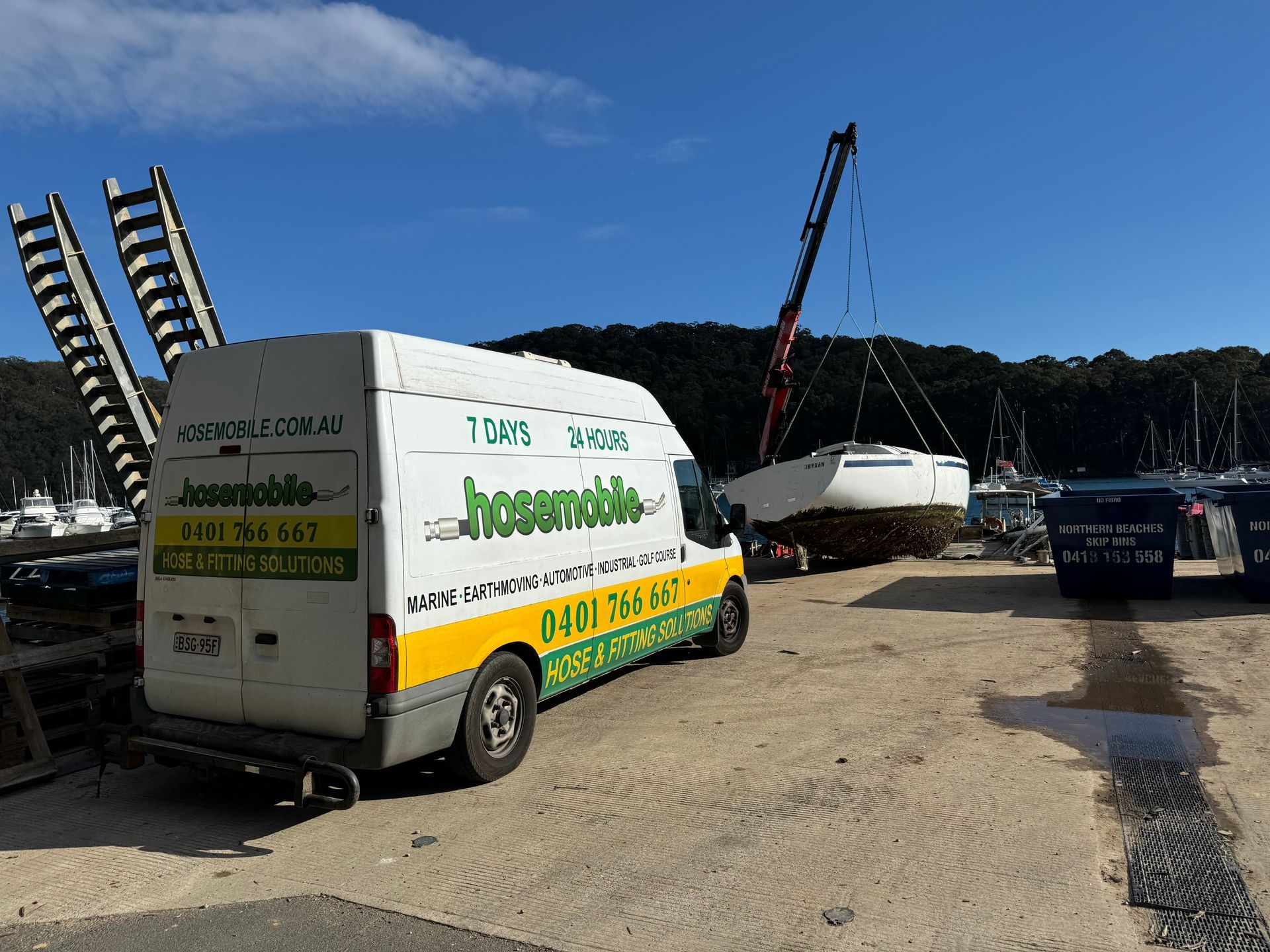Hydraulic Fittings on the Central Coast
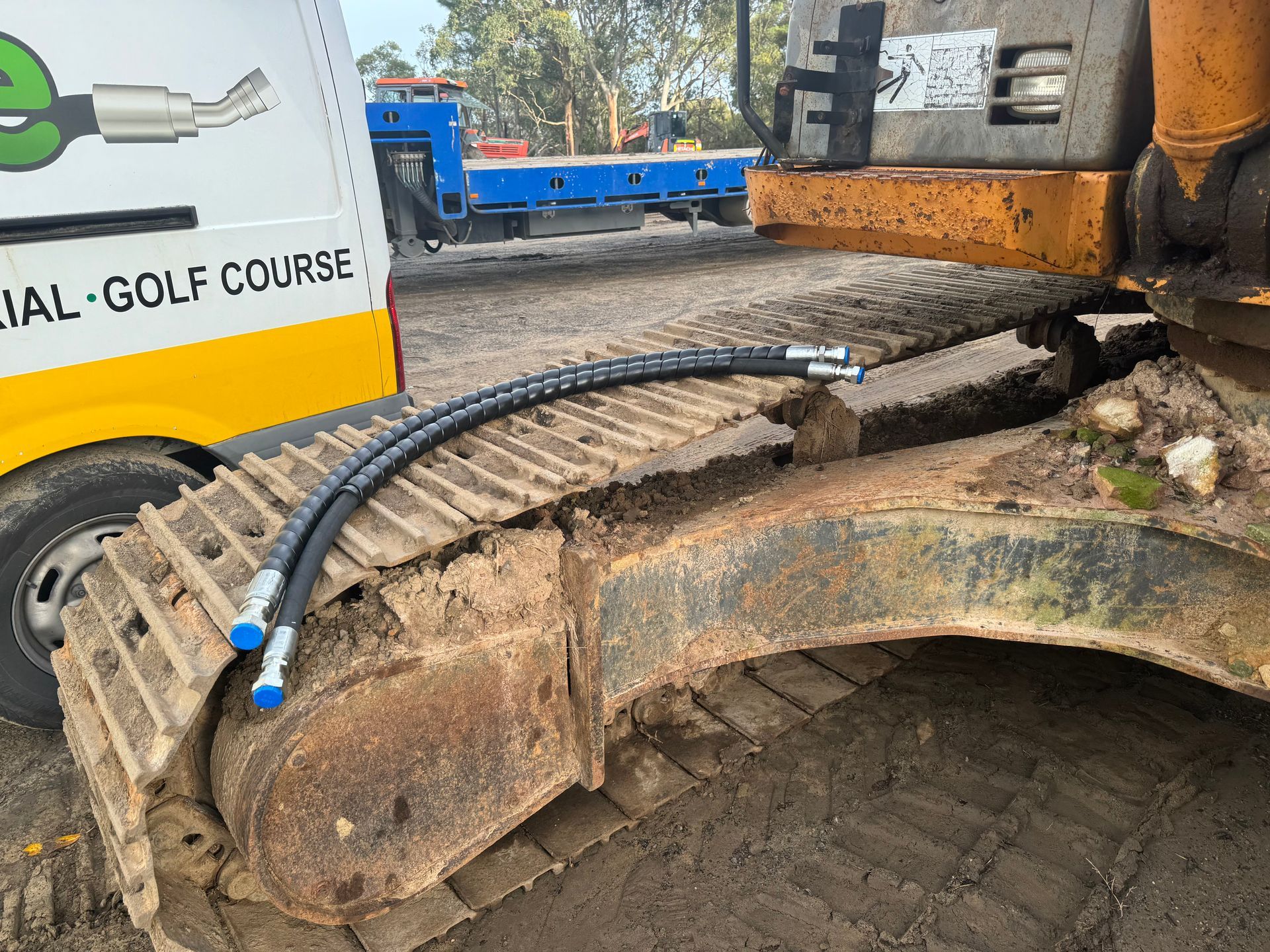
Central Coast Hydraulic Fittings
In any hydraulic system, the fittings that join hoses, valves and components together are just as critical as the hoses themselves. Poorly matched or worn hydraulic fittings can lead to leaks, pressure loss, and potentially unsafe working conditions—especially in high-demand environments like construction, earthmoving, agriculture and transport.
That’s why equipment operators across the Central Coast turn to Hosemobile, based in Kariong, for on-site supply and installation of durable, pressure-rated hydraulic fittings. Their mobile technicians carry an extensive selection of fittings to suit various systems and machinery, ensuring every connection is safe, secure and built to perform.
This mobile service reduces the time, hassle and downtime often associated with sourcing and replacing hydraulic fittings. With expert advice and tailored fitting solutions delivered directly to site, Hosemobile makes hydraulic repairs efficient and stress-free.
To book a fast, mobile hydraulic fittings service on the Central Coast, contact our team at 0401 766 667 today.
Eco Friendly
5 Year Warranty
Fast Turnaround Times
Job Done Right
Friendly Local Team
No-Fuss Bookings
High-Performance Fittings That Last Under Pressure
Hydraulic fittings may be small, but they play a huge role in keeping heavy machinery and equipment operating smoothly. These fittings are exposed to intense pressure, vibration and temperature changes on a daily basis, making quality and compatibility non-negotiable.
A faulty or improperly installed fitting can quickly lead to system failure, fluid contamination, or costly damage to other components. That’s why selecting the right hydraulic fittings is essential for both safety and performance.
Whether it’s a straight coupling, a 90-degree elbow, a T-fitting, or a flange for high-pressure applications, it’s critical that each fitting is suited to the machine, the fluid type and the environment in which it's used. Technicians with a solid understanding of these factors are key to ensuring a proper fit.
In industries where time and reliability matter, investing in the right hydraulic fittings—and having them installed correctly—helps minimise downtime, prevent breakdowns, and maintain consistent productivity across the board.
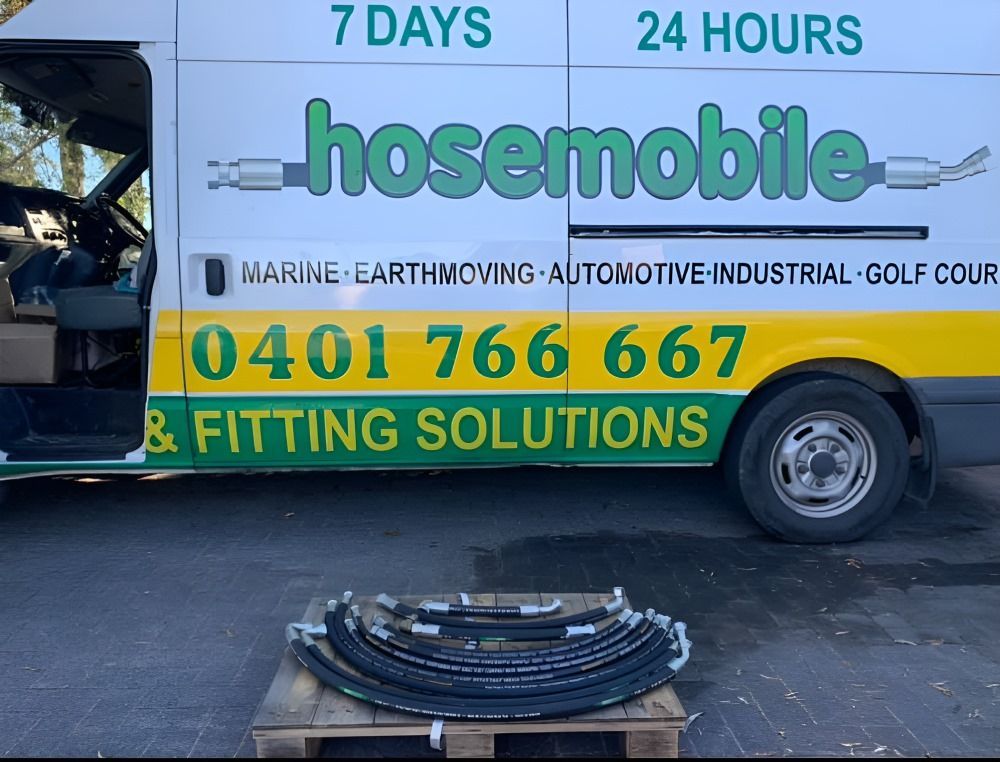
Frequently Asked Questions
What are the different types of hydraulic fittings?
Hydraulic fittings come in a wide range of styles and configurations, each designed for specific pressure ranges, sealing methods, and connection types. Common types include JIC (Joint Industry Council) fittings, NPT (National Pipe Tapered) threads, BSP (British Standard Pipe), ORFS (O-Ring Face Seal), and flange fittings. Each has its own advantages depending on the equipment and application. For instance, ORFS fittings are commonly used in high-vibration systems because of their leak-resistant sealing. Choosing the right type of hydraulic fitting is essential to maintaining proper fluid flow and pressure without leaks or failures.
How do I know which hydraulic hose or fitting I need?
Identifying the correct hydraulic hose or fitting depends on several key factors: hose diameter, pressure rating, fluid type, temperature range, and the type of connection required. Most hydraulic systems are designed with specific hose and fitting specifications that match the performance and pressure requirements of the machinery. If unsure, it’s best to refer to manufacturer guidelines or consult a technician who can measure the hose and match it to a compatible fitting. Installing the wrong type can cause poor sealing, reduced efficiency or system failure under load.
How long do hydraulic hoses and fittings last?
The lifespan of hydraulic hoses and fittings depends on usage, environmental conditions, pressure cycles, and maintenance practices. On average, hoses can last several years, but exposure to extreme temperatures, abrasion, UV rays, and contaminants can significantly shorten their lifespan. Fittings may last longer but are still subject to wear, especially at connection points that experience frequent movement or vibration. Regular inspections, scheduled maintenance, and timely replacement are key to preventing unexpected failures and extending the life of both hoses and hydraulic fittings.

